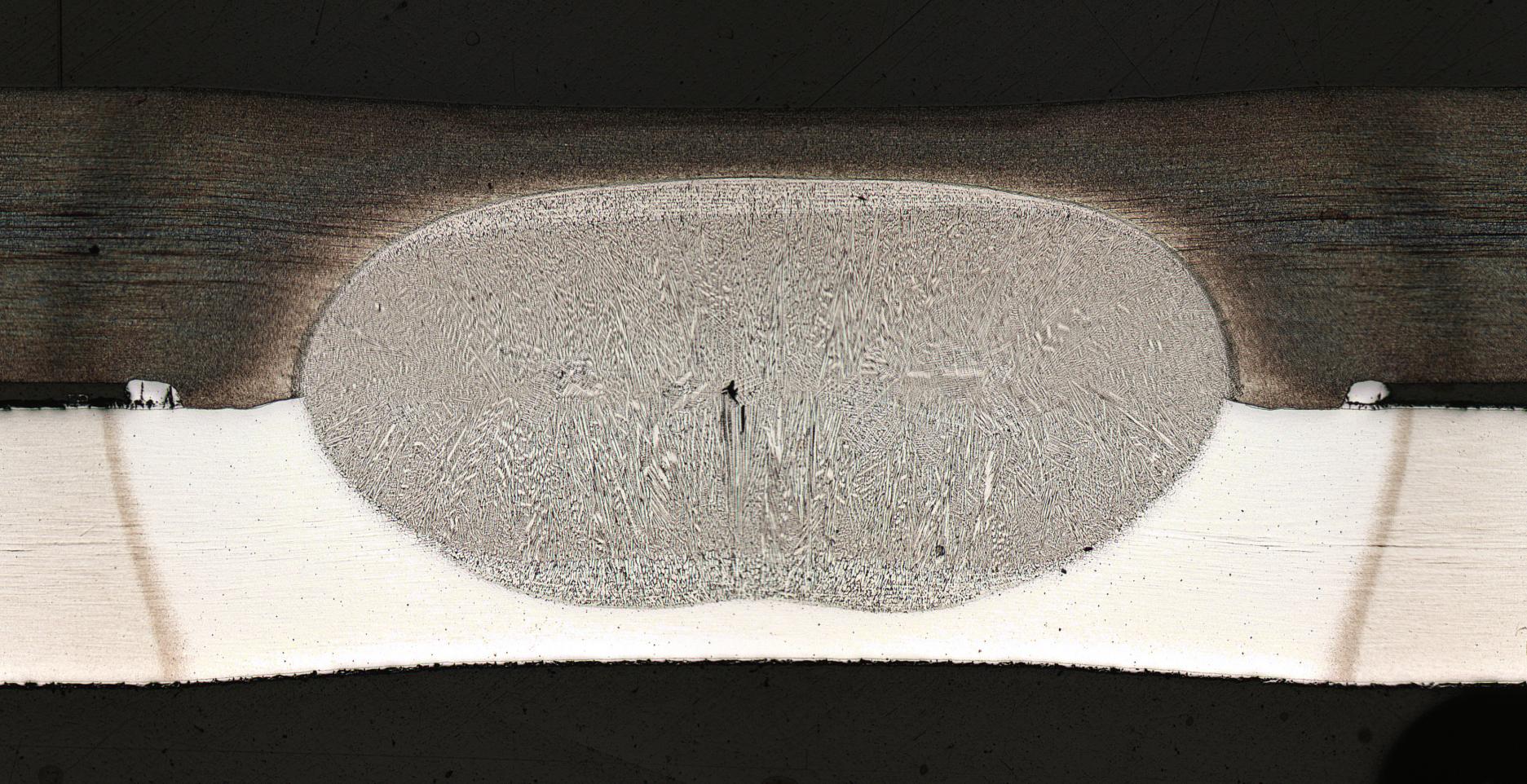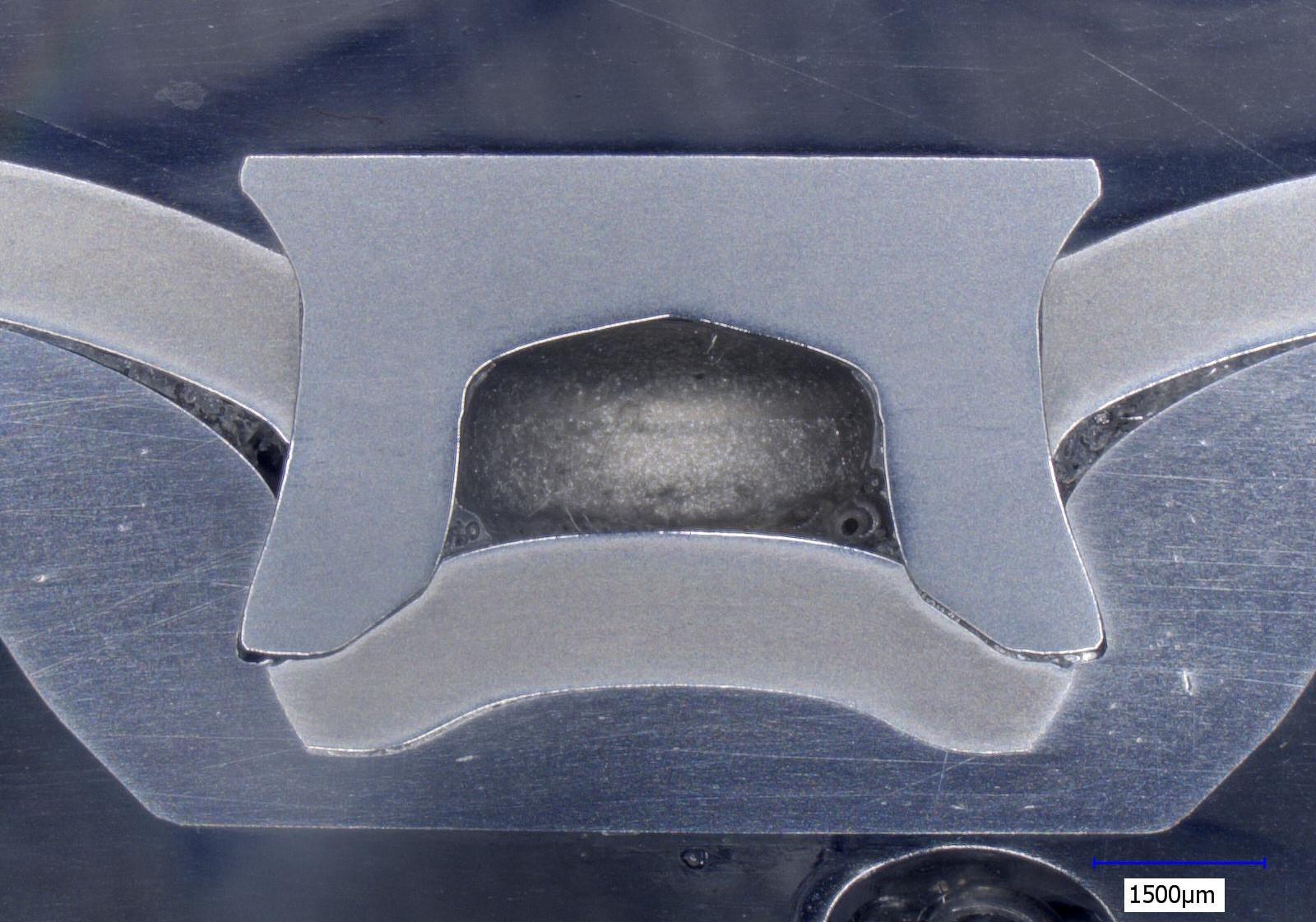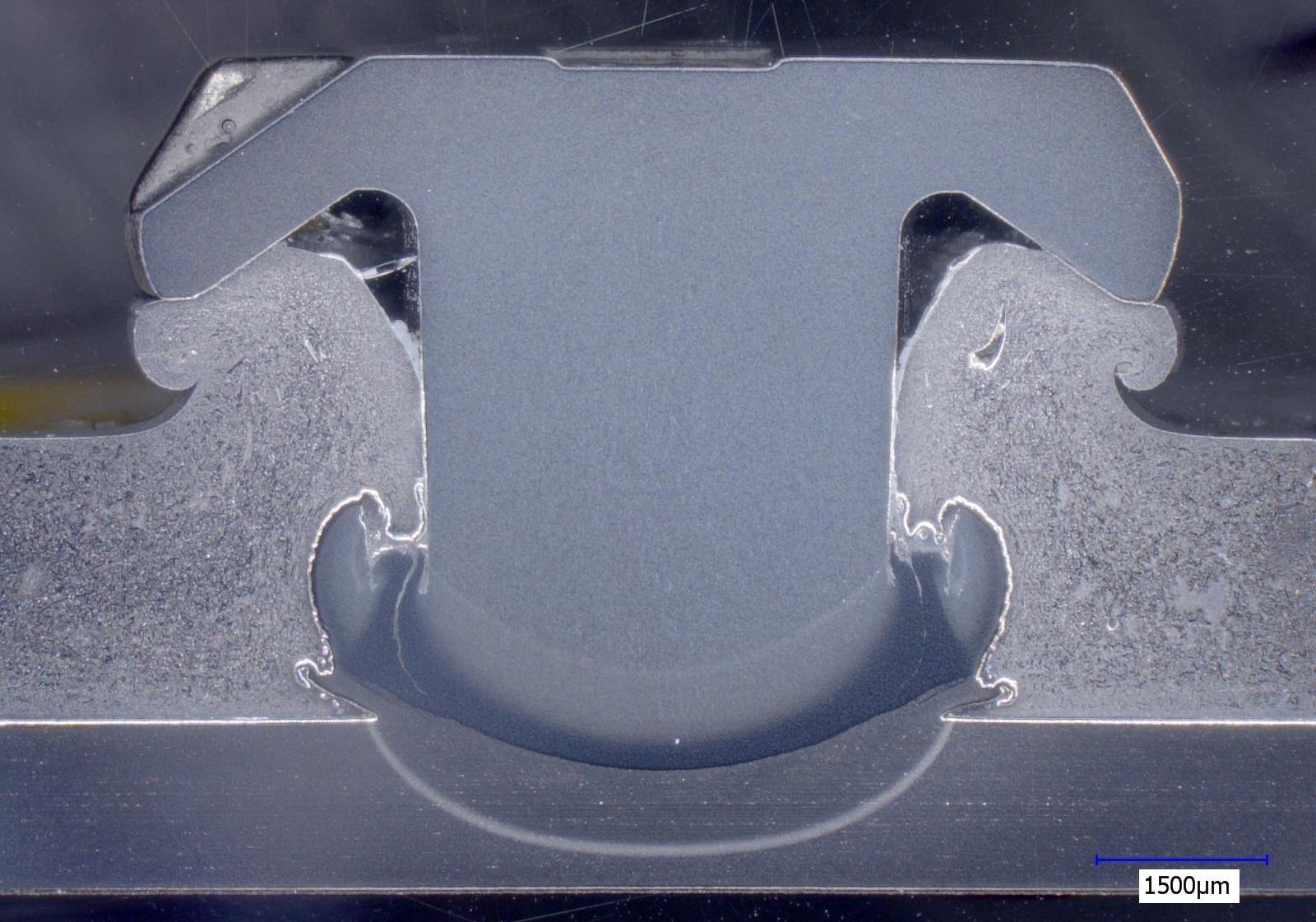Products
Product pages available in
EN - DE - FR - ES
Sustainability
News, events and stories

Strong bonds with smart steels
The development of advanced high strength steels (AHSS) has presented OEMs with unique challenges when it comes to joining materials. With the advent of multi-material parts, these challenges are amplified. ArcelorMittal Global R&D is constantly working with carmakers and suppliers to identify the right joining techniques and technologies for AHSS.
To mitigate these challenges, the weldability of new AHSS concepts is evaluated at R&D lab level in the This process begins in the early stages of AHSS grade’s development. All new AHSS concepts are first evaluated by Global R&D at the laboratory level to determine their weldability. This initial assessment allows ArcelorMittal to focus product development on grades that will be compatible with OEM processes (even if some adaptations may be required).
In a second stage, before the new product is launched on the market, a complete weldability validation is performed. If necessary, guidelines are modified to facilitate the use of the new material by our customers. Once the new steel grade is ready to be used by customers, additional support is offered to fine-tune the welding parameters.
ArcelorMittal recommends several available technologies to join AHSS to:
- Another AHSS steel
- Other materials including aluminum and composites
Emerging technologies are also providing new options for spot welding and mechanical joining.
Joining AHSS to AHSS
Resistance spot welding (RSW) remains the default choice for OEMs who wish to join parts made from AHSS. RSW is a mature process with an excellent cost/quality ratio. It is suitable for all of ArcelorMittal’s AHSS families including Fortiform®, Ductibor®, and Usibor®.
The most recent AHSS on the market are compatible with RSW, although some parameter adaptations are required. For example, different pulsed procedures are recommended when joining some types of AHSS.
While it is not uncommon to join three AHSS sheets with different thicknesses and physical properties. However, some extreme stack-ups may be difficult to weld due to differences in the physical properties of the grades utilized. Again, welding parameters should be optimized to ensure a stable welding process.
RSW technology is evolving towards more flexible and adaptative machines with more precise and specific parameters. This is helping to grow the use of AHSS as they allow OEMs to easily adapt welding parameters to the specifications of the stack to be joined on the assembly line.
Combining RSW with high strength adhesives can be an excellent way to improve the global behavior of welded modules. For specific advice on this procedure, contact your Customer Technical Service (CTS) representative.

A resistance spot weld joining two of the latest AHSS steels: Fortiform® 1180 and Usibor® 2000
Joining AHSS to other materials
As steel, aluminum, and composites cannot be welded together, hybrid applications usually utilize mechanical and/or adhesive joining. While the first generation of rivets and screws were limited to low hardness metals, a huge effort has been made by OEMs, tool suppliers, and material suppliers to innovate and extend the range of mechanical joining applications.
Many solutions are now appearing on the market. Some of them are already capable of joining AHSS such as Usibor® 1500 to aluminum. However, the maturity and rationalization of some technological solutions is not yet finalized. For specific advice, contact your Customer Technical Service (CTS) representative.

Riveting remains the most frequently used method of joining AHSS to aluminum (here Fortiform® 1180 1.5 mm / Castasil 37 2.5 mm)
Evolutions in joining technologies
The most innovative approach to joining is currently being provided by mechanical joining technologies. Demand is being driven by hybrid vehicle design where OEMs want to combine low density materials with very high-strength steel structures.
Other joining technologies are also proposing innovations, but incrementally. One emerging solution is friction welded elements which ‘pin’ two materials together through mechanical friction. In effect, this is a forge welding technique which fuses the materials together. The technique can be used with a range of materials, including very hard steels.
Evolutions are also expected in laser welding. Thanks to continuously decreasing costs, and the development of new optics (such as scanners and multi-spot optics) a new range of joining applications may become robust and economically viable in the short-term.

Another emerging technology is friction welded elements which ‘pin’ an aluminum sheet to an AHSS (here Usibor® 2000 1.5 mm / Silafont 36 2.5 mm)
More guidance on welding individual AHSS grades can be found in the welding chapter of the product pages in our online product catalogue.






